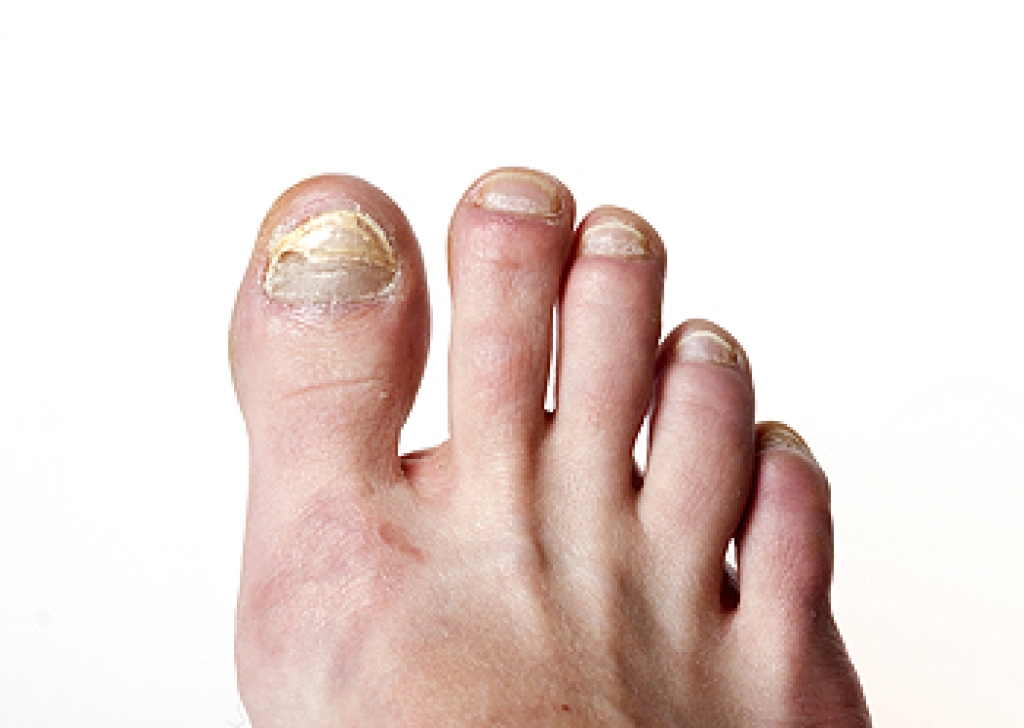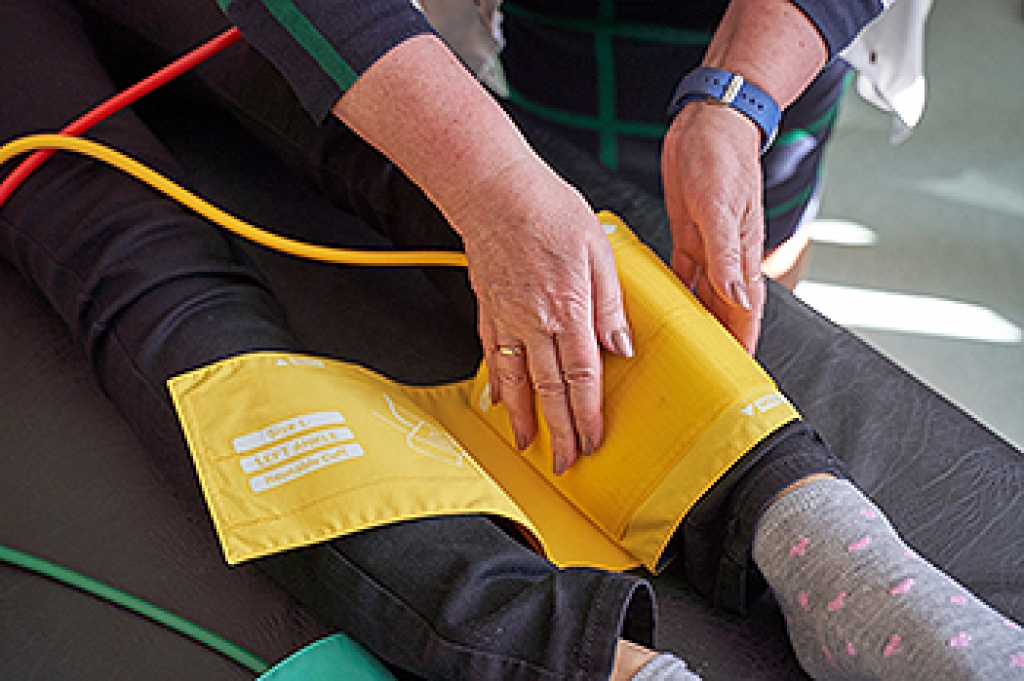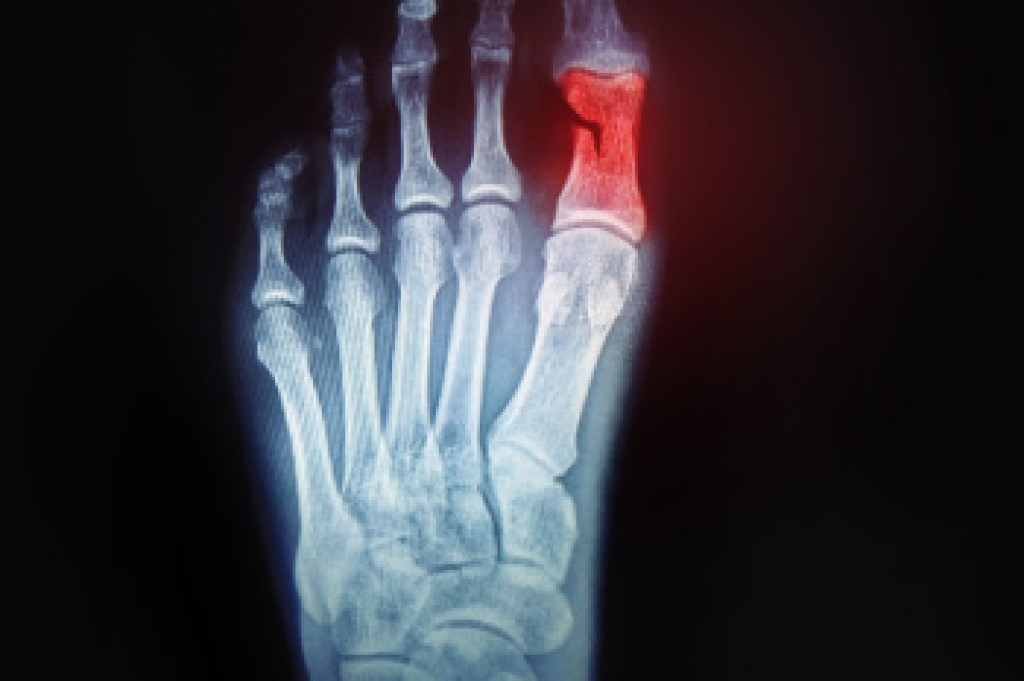
Thick toenails can develop for several reasons, and understanding the cause helps guide proper treatment. One of the most frequent reasons is a fungal infection, which can make the nail appear yellow, brittle, and difficult to trim. Repeated trauma from wearing tight shoes or stubbing the toe can also cause the nail to thicken as it tries to protect itself. Aging naturally slows nail growth and can change texture over time. In some cases, medical conditions such as psoriasis or poor circulation may contribute to nail thickening. A podiatrist can identify the cause through examination and testing, then recommend the right treatment, which may include antifungal medication, nail debridement, or improved footwear. If your toenails have become thick, painful, or hard to manage, it is suggested that you seek care from a podiatrist to restore nail health and prevent future problems.
If left untreated, toenail fungus may spread to other toenails, skin, or even fingernails. If you suspect you have toenail fungus it is important to seek treatment right away. For more information about treatment, contact one of our podiatrists of Prince William Foot & Ankle Center, PC. Our practitioners can provide the care you need to keep you pain-free and on your feet.
Symptoms
- Warped or oddly shaped nails
- Yellowish nails
- Loose/separated nail
- Buildup of bits and pieces of nail fragments under the nail
- Brittle, broken, thickened nail
Treatment
If self-care strategies and over-the-counter medications does not help your fungus, your podiatrist may give you a prescription drug instead. Even if you find relief from your toenail fungus symptoms, you may experience a repeat infection in the future.
Prevention
In order to prevent getting toenail fungus in the future, you should always make sure to wash your feet with soap and water. After washing, it is important to dry your feet thoroughly especially in between the toes. When trimming your toenails, be sure to trim straight across instead of in a rounded shape. It is crucial not to cover up discolored nails with nail polish because that will prevent your nail from being able to “breathe”.
In some cases, surgical procedure may be needed to remove the toenail fungus. Consult with your podiatrist about the best treatment options for your case of toenail fungus.
If you have any questions please contact our offices located in Gainesville and Dulles, VA . We offer the newest diagnostic and treatment technologies for all your foot and ankle needs.




